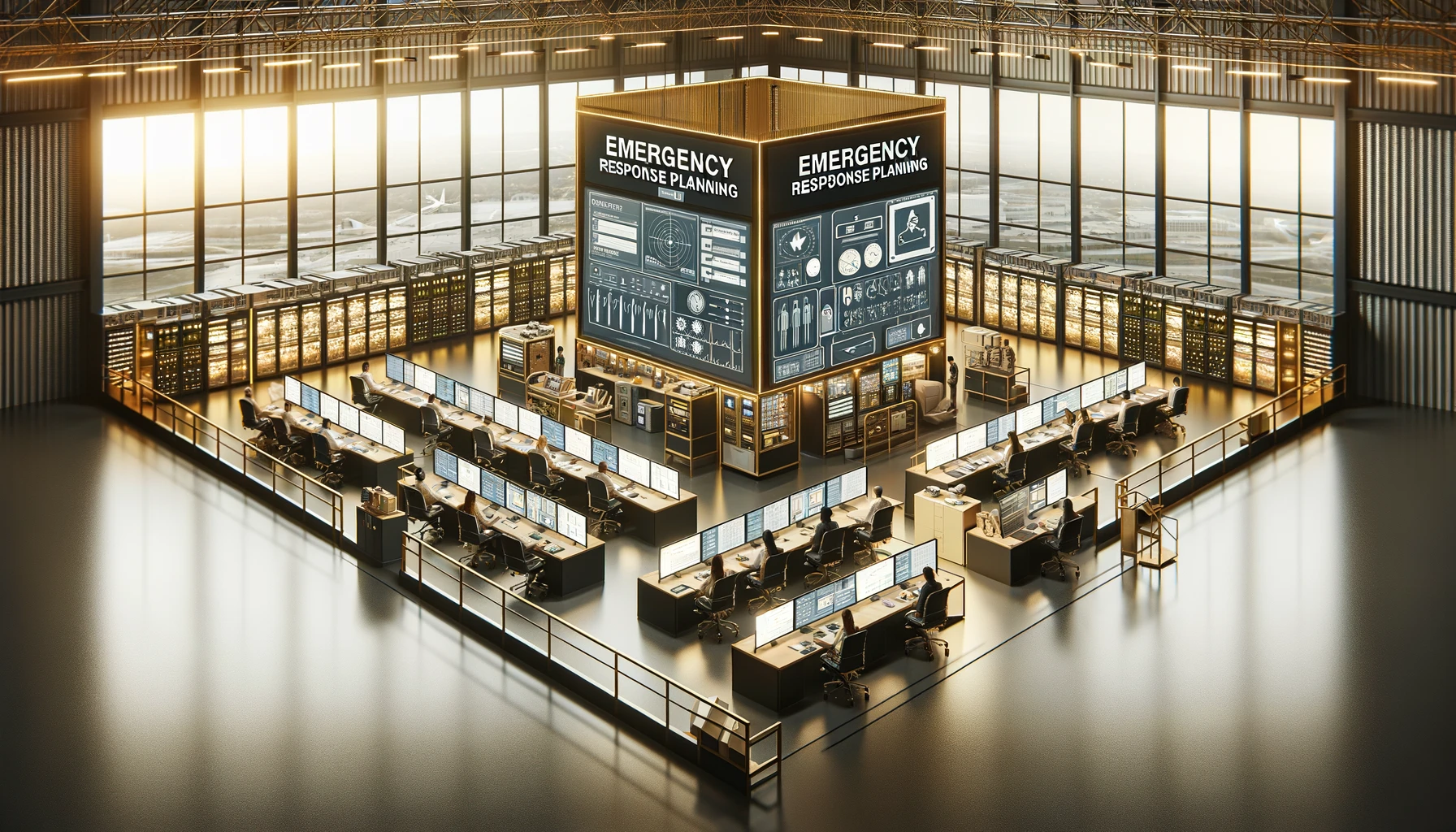When it comes to managing buildings and properties, being prepared for the unexpected isn't just a best practice—it's a necessity. From natural disasters like earthquakes and floods to human-caused incidents such as fires or security breaches, emergencies can strike at any moment. For property managers, chief security officers, and security company hiring managers, crafting a comprehensive emergency response plan is pivotal to ensure the safety and security of tenants, staff, and assets. Let's dive into the essentials of emergency response planning, keeping the tone conversational yet packed with actionable advice.
Understanding the Scope of Emergencies
Emergencies come in various forms, each requiring a tailored response strategy. Natural disasters might demand evacuation and immediate disaster relief efforts, while human-caused incidents could require lockdowns or active threat responses. Recognizing the types of emergencies your property might face is the first step in effective planning.
Key Components of an Emergency Response Plan
1. Risk Assessment
Start with a thorough risk assessment to identify potential emergencies specific to your location, building type, and occupancy. This assessment should guide the prioritization of your planning efforts.
2. Communication Plan
Effective communication is the backbone of any emergency response. Your plan should include:
-
Emergency Contact Lists: Updated lists of all essential contacts, including local emergency services, staff, and key stakeholders.
-
Notification Systems: Mechanisms for alerting tenants and staff about an emergency, which could range from alarm systems to mass text messaging services.
3. Evacuation Procedures
Clearly defined evacuation routes and procedures are critical. Ensure these are well-documented and communicated to all occupants, with regular drills to reinforce the process.
-
Assembly Points: Designate safe assembly points outside the building.
-
Special Considerations: Plan for the needs of disabled individuals or those requiring special assistance.
4. Shelter-in-Place Procedures
In some emergencies, evacuation may not be advisable. Your plan should outline when and how to shelter in place, including provisions for supplies like food, water, and first aid.
5. Emergency Response Teams
Forming emergency response teams (ERTs) within your staff can enhance your immediate response capability. Ensure team members receive regular training on their roles during various emergency scenarios.
6. Equipment and Supplies
Maintain a well-stocked inventory of emergency supplies, including first aid kits, flashlights, batteries, and other essentials. Regular checks ensure these resources are always ready for use.
7. Recovery and Continuity
Plan for the aftermath. How will you resume normal operations? Consider backup systems for critical infrastructure, data recovery plans, and support services for affected occupants.
Implementing the Plan
Training and Drills
Regular training sessions and drills are crucial for ensuring everyone knows what to do in an emergency. These should be conducted at least annually, if not more frequently, depending on the risk level.
Review and Update
Emergency response plans are living documents. They should be reviewed and updated regularly to reflect changes in building layout, occupancy, or local emergency services. Feedback from drills and actual incidents can provide valuable insights for improvements.
Collaboration with Local Authorities
Working closely with local emergency services can provide additional support and resources in an emergency. This collaboration ensures that your plans align with local response strategies and regulations.
Challenges and Solutions
Complacency
Combat complacency with regular reminders of the importance of emergency preparedness, engaging drills, and updates on emergency response protocols.
Accessibility of Information
Ensure that emergency plans and procedures are easily accessible to all occupants and staff, using multiple formats and languages if necessary.
Technology Reliance
While technology can enhance emergency response, always have manual backup procedures in case of power outages or system failures.
Emergency response planning is a critical aspect of property management that requires careful consideration, regular revision, and active participation from all stakeholders. By understanding the potential emergencies that could affect your property, crafting a comprehensive response plan, and ensuring ongoing training and collaboration, you can significantly mitigate risks and safeguard your tenants and assets. Remember, preparedness today can prevent disaster tomorrow, making emergency response planning an investment in the safety and resilience of your property.
.png)
.png)
.png)

.png)
.png)

.png)
.png)
.png)
.png)
